Disclosure: This article contains affiliate links. We may earn a commission from purchases at no extra cost to you, which helps our travel content.
The first time I heard a lion's roar echo across Hwange's golden savanna, my camera nearly slipped from my hands. Meu Deus, what a sound—primal and electric. That moment crystallized why I'd traveled from my adopted home in Osaka to Zimbabwe's largest national park: to capture through my lens the raw power and subtle grace of Africa's most iconic creatures. After five safaris across three continents, I can confidently say that Hwange offers wildlife photographers an unparalleled canvas—19,000 square kilometers of diverse landscapes and one of Africa's largest elephant populations. This past winter, I spent seven unforgettable days tracking and photographing the Big Five, and I'm sharing everything I learned about capturing these magnificent animals in their natural habitat.
Preparing Your Photography Arsenal for Hwange
When packing for Hwange, remember that dust is your constant companion and electricity your occasional friend. My engineering background has taught me to build redundancy into systems—the same applies to safari photography.
I brought two camera bodies: my primary workhorse paired with a 150-600mm telephoto for distance shots, and a second body with a 24-70mm for environmental portraits and landscapes. The lens rain cover proved invaluable during unexpected showers and for dust protection during game drives.
Battery management is critical—I carried six fully-charged batteries and a solar charger that saved me when our lodge experienced a power outage. Memory cards disappear like pão de queijo at a Brazilian breakfast, so I packed 512GB worth of storage, downloading daily to my portable SSD.
For stability without the bulk of a traditional tripod, my beanbag mount became my most-used accessory, providing perfect support when draped over the safari vehicle's frame.
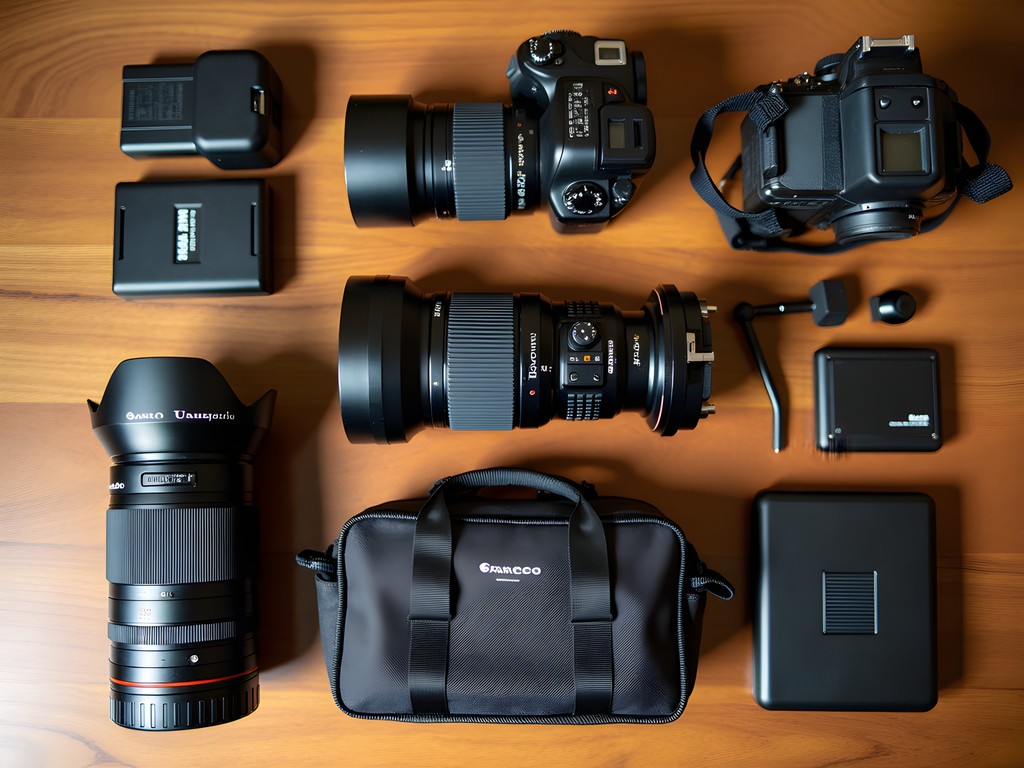
💡 Pro Tips
- Pack twice as many memory cards as you think you'll need—wildlife moments are unpredictable
- Use a beanbag mount instead of a monopod for stability in safari vehicles
- Bring lens cleaning supplies that can handle fine African dust without scratching
Mastering Light: The Golden Hours of Hwange
In Hwange, light is both your greatest ally and most formidable challenge. The park's winter season (May-August) offers the photographer's holy grail: extended golden hours with dramatic low-angle light that transforms ordinary scenes into visual poetry.
I quickly established a rhythm: rising before dawn to be in position as the landscape awakened. Those first moments when the savanna transitions from blue twilight to amber morning light create a magical canvas for silhouetted baobabs and backlit elephants at waterholes.
The midday harsh light (10am-3pm) presents technical challenges that I countered using a circular polarizer to manage glare and enhance color saturation, particularly useful for cutting through the haze that often settles over the plains.
For evening shoots, I discovered that setting my white balance manually to the 'cloudy' preset (rather than auto) captured the rich golden tones more accurately. My most successful elephant portraits came during these last light moments, when herds congregated at Nyamandhlovu Pan, their skin textured by side-lighting that revealed every wrinkle and battle scar with sculptural precision.
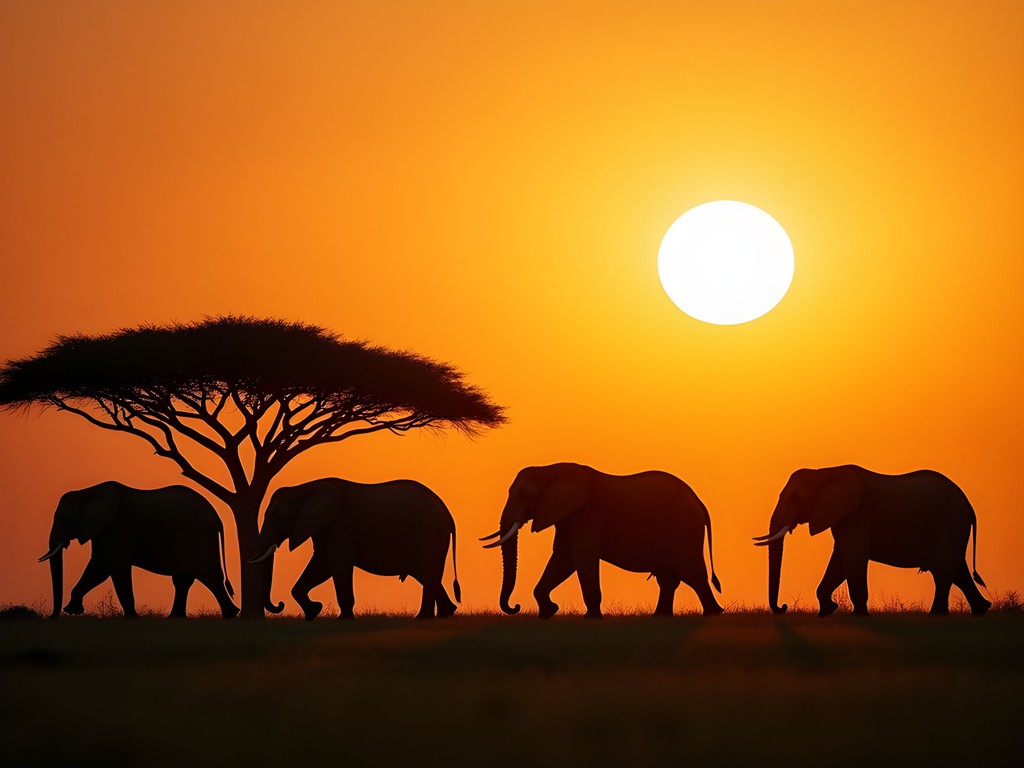
💡 Pro Tips
- Position yourself with the sun at your back during early morning game drives for optimal lighting on animals
- Use exposure compensation of +1/3 to +2/3 stops during golden hour to preserve the warm tones
- When shooting dark animals (like elephants) against bright skies, spot meter on the animal and open up 1 stop
Tracking the Big Five: Patience and Positioning
My background in software engineering has unexpectedly informed my wildlife photography—both require pattern recognition, patience, and the ability to anticipate behavior based on observed data. In Hwange, this translated to learning to read the landscape and animal behavior to position myself for optimal shots.
Lions proved the most challenging subjects. Our guide Tendai, with 15 years of experience, taught me to look for subtle signs—alarm calls from baboons, circling vultures, or fresh tracks crossing game paths. When we finally located the Linkwasha pride, I learned to watch their ears and tail tips for micro-movements that telegraph hunting intentions, allowing me to prepare my settings before action erupted.
For elephants, which Hwange has in abundance (approximately 45,000), the key was anticipating movement patterns between waterholes. I used the field guide to understand herd dynamics, which helped me predict when matriarchs would lead family groups to water.
Buffalo presented opportunities for dramatic dust-bath photographs, particularly in the dry winter months. I discovered that by positioning low to the ground with my ground pod, I could capture dramatic low-angle shots as these massive bovines created dust clouds illuminated by backlighting.
Rhinos remain scarce in Hwange due to poaching, making sightings precious. When we encountered a white rhino and calf near Ngweshla Pan, I prioritized capturing their relationship rather than just portraits, using a wider focal length to include environmental context.
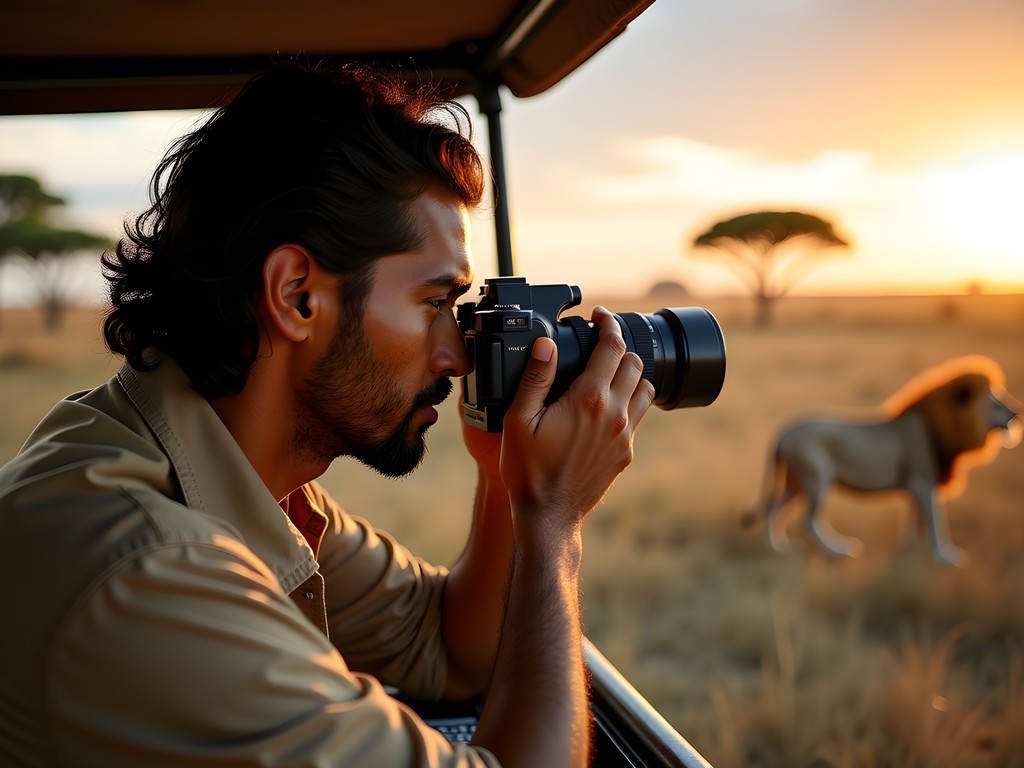
💡 Pro Tips
- Learn to identify tracks and dung—they'll lead you to fresh sightings before other vehicles arrive
- Position your vehicle downwind when photographing predators to avoid disturbing natural behavior
- Focus on animal behavior sequences rather than just static portraits to tell more compelling stories
Technical Settings for Wildlife Action
The unpredictability of wildlife demands technical mastery and quick adaptability. After numerous missed shots on my first day (a cheetah hunt happened in seconds), I developed a systematic approach that dramatically improved my keeper rate.
I configured three custom modes on my camera for instant recall:
C1: Stationary Wildlife
Aperture Priority (f/5.6-f/8)
ISO 400 (adjusting as needed)
Single-point AF
Drive mode: Single shot
C2: Moving Wildlife
Shutter Priority (1/1000s minimum)
Auto ISO (max 3200)
Expanded AF tracking
Drive mode: High continuous
C3: Low Light/Dusk
Manual mode with Auto ISO
Widest aperture
Shutter speed 1/focal length minimum
Exposure compensation +0.7
Tracking fast-moving subjects like wild dogs (we were fortunate to encounter a pack near Main Camp) required pre-focusing techniques and understanding predictive movement. I found the camera rain sleeve essential during afternoon thunderstorms that created dramatic skies but threatened equipment.
For night photography, including nocturnal predators at spotlit waterholes, I relied on my headlamp with red-light mode to preserve night vision while adjusting settings.
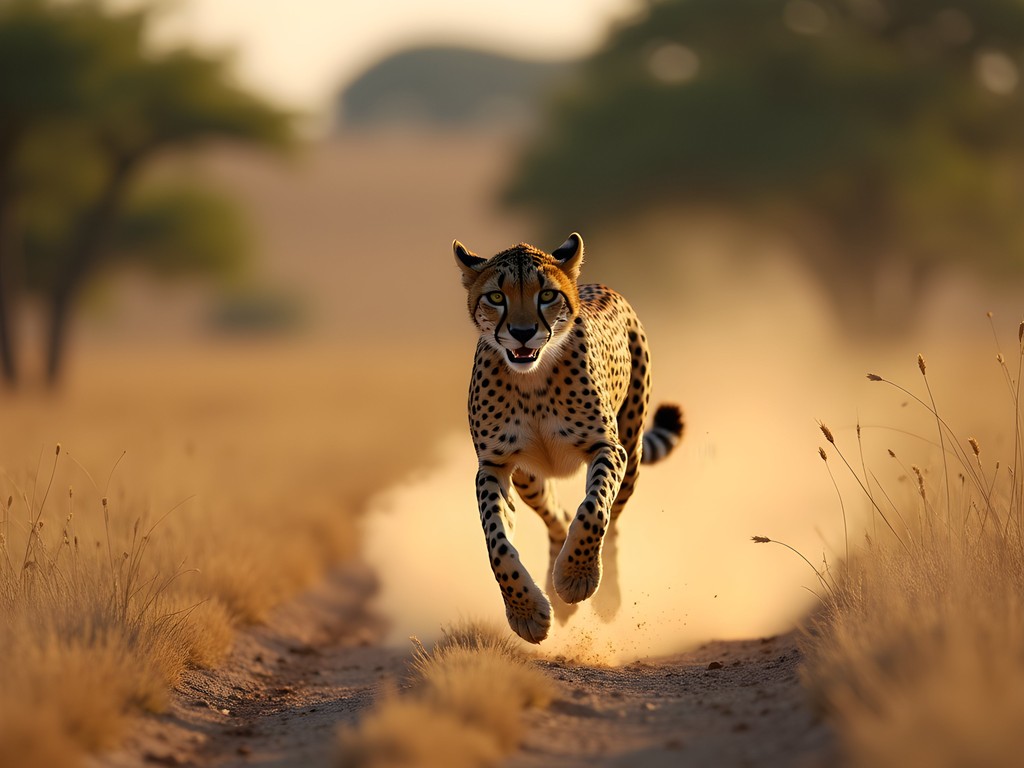
💡 Pro Tips
- Back-button focus separates focusing from shutter release, giving better control for wildlife photography
- When photographing dark animals against bright skies, use exposure compensation of +1 to +1.5 stops
- For sharp action shots, remember the reciprocal rule: minimum shutter speed should be at least 1/focal length
Cultural Integration: Beyond Wildlife Photography
My mixed Brazilian-Indian heritage has always made me sensitive to cultural contexts when traveling. In Zimbabwe, I discovered that understanding the human element enriched my wildlife photography immeasurably.
I spent an afternoon with our tracker Blessing, learning traditional tracking techniques passed down through generations. His knowledge of subtle signs—a disturbed pebble, a bent grass blade—revealed animal presence and behavior patterns invisible to my untrained eye. These insights transformed my approach from random opportunity to informed anticipation.
Visiting the nearby Painted Dog Conservation Center provided context about conservation challenges and community involvement. I used my audio recorder to document the stories of local conservationists, creating a soundscape that accompanies my visual portfolio of these endangered animals.
The connection between Zimbabwe's people and wildlife is profound and complex. Learning about traditional beliefs regarding lions (shumba in Shona) helped me understand the cultural significance of these animals beyond their photographic appeal. When I captured a male lion roaring at sunset, I understood I wasn't just documenting a biological entity but a living symbol deeply embedded in local cosmology.
I also made time to visit a local village through a community tourism initiative, where I photographed daily life with permission and respect. These images provide essential context to my wildlife portfolio, showing the integrated ecosystem of humans and animals that defines modern conservation.
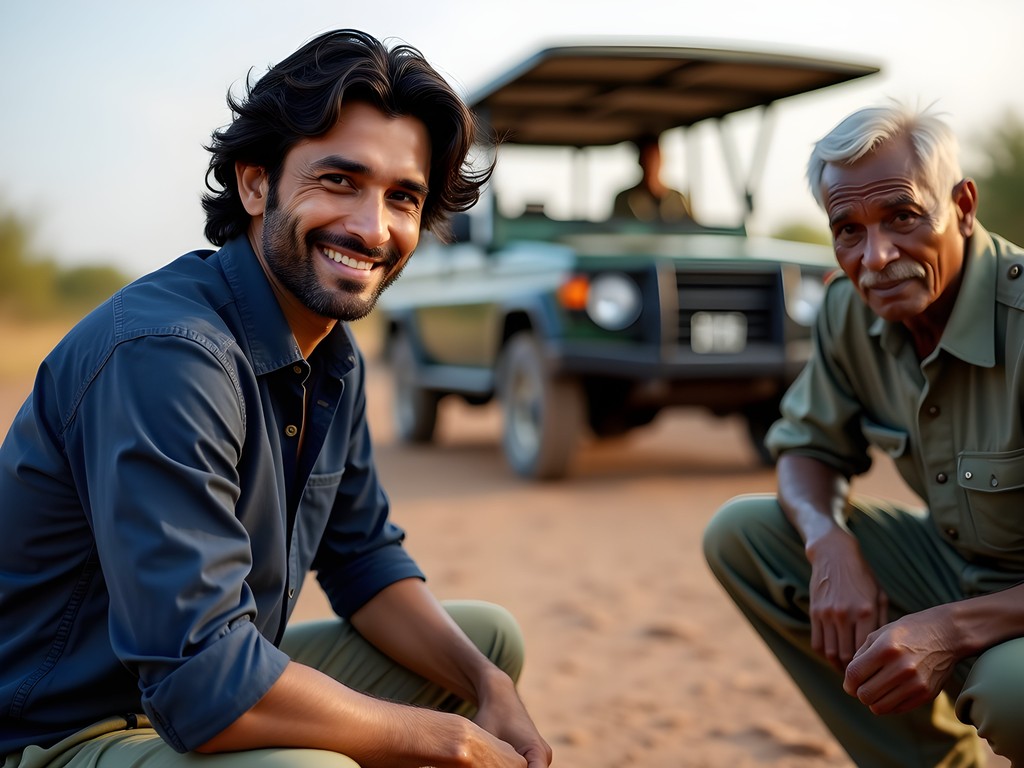
💡 Pro Tips
- Learn basic phrases in local languages (Shona/Ndebele) to connect with guides and enhance your experience
- Support community-based tourism initiatives that create sustainable alternatives to poaching
- Photograph conservation efforts alongside wildlife to tell complete stories about ecosystem preservation
Final Thoughts
As my bush plane lifted off from Hwange's airstrip, banking over herds of elephant and buffalo that appeared like miniature figurines below, I reflected on how this park had transformed both my photography and my perspective. There's something profound about sitting with a pride of lions as the African sun sets, your camera quietly documenting moments that have unfolded in similar ways for millennia.
Hwange isn't just about checking off the Big Five list—though that satisfaction is undeniable. It's about developing the patience to wait four hours for the perfect light on a leopard in a sausage tree. It's about the technical mastery that comes from adapting to rapidly changing conditions. And perhaps most importantly, it's about understanding that every photograph tells a story of delicate balance between wilderness, wildlife, and the communities that border the park.
When you visit, bring not just your cameras and lenses, but your curiosity and respect. Shikaribhaa as they say in Shona—travel well. And when you return home with memory cards full of images that make your heart race, remember that sharing these visual stories helps ensure these magnificent creatures and ecosystems remain for generations to come. I'll be returning next winter, this time to focus on Hwange's extraordinary bird life. Perhaps our paths will cross on the dusty tracks between Ngweshla and Kennedy pans, cameras in hand, waiting for that perfect moment when light, subject, and spirit align.
✨ Key Takeaways
- Preparation and redundancy in equipment are essential for successful wildlife photography in remote locations
- Understanding animal behavior patterns dramatically increases your chances of capturing meaningful images
- The best wildlife photography emerges from patience and anticipation rather than luck
- Cultural context enriches wildlife photography by placing animals within their complete ecosystem
- Ethical photography practices ensure minimal impact on wildlife behavior and maximum respect for local communities
📋 Practical Information
Best Time to Visit
May to August (dry winter season)
Budget Estimate
$400-600 per day for luxury lodges and private guides
Recommended Duration
Minimum 5-7 days
Difficulty Level
Challenging

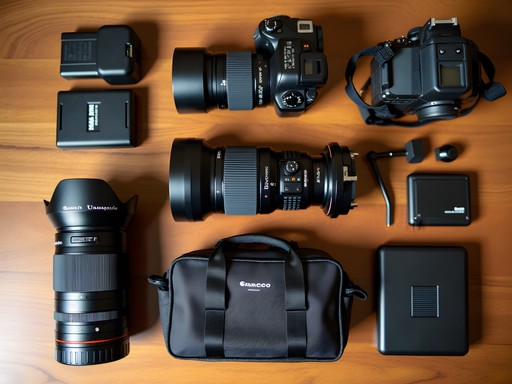
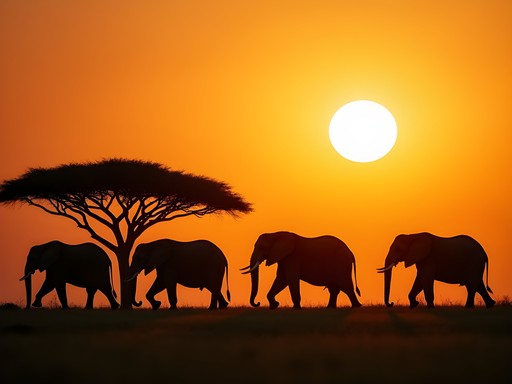










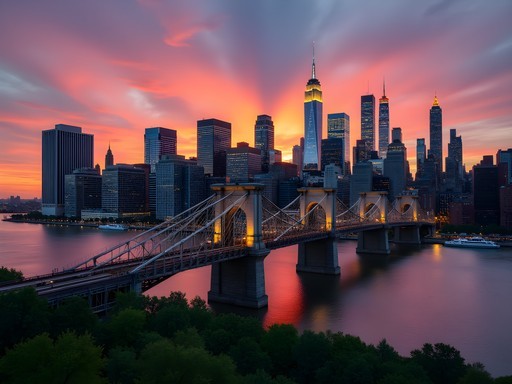
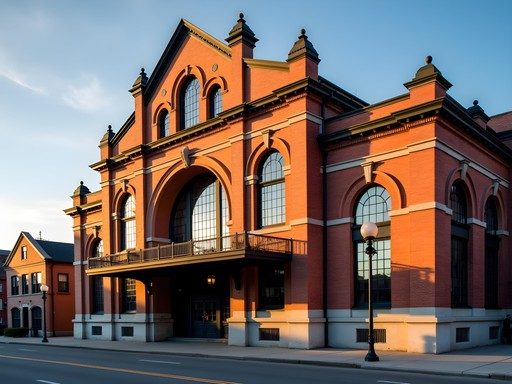
Comments
winterway
Those elephant shots are incredible! Was it scary being that close to them?
Riley Griffin
Marco, this guide is a game-changer! We took our teenagers to Hwange last summer and followed your advice about positioning near waterholes during dry season. The results were spectacular - my 15-year-old daughter captured an incredible sequence of a leopard drinking at dusk that won her school's photo contest! Your tip about shooting in burst mode for action shots was particularly helpful when we witnessed a buffalo herd crossing the plain. One thing we discovered with kids - bring a spotting scope so they can watch animals while you focus on photography. Keeps everyone happy! Did you ever try any night photography while there?
Marco Sharma
That's fantastic about your daughter's photo, Riley! Congrats to her! I did try some night photography at camp - captured amazing star trails over a silhouetted acacia tree. The spotting scope tip is brilliant for family safaris - wish I'd thought to mention that!
Riley Griffin
Star trails - now that's on our list for next time! Looking forward to your next photography guide.
coffeemaster
Is it safe to get that close to lions? Looks scary but amazing photos!
Marco Sharma
Always from inside a vehicle with an experienced guide! Never on foot. The zoom lens makes them appear closer than they actually are.
coffeemaster
Phew! That makes me feel better lol
winternomad
Those elephant shots are incredible! The backlighting technique really works.
escapeguy
Just got back from Hwange last month and your tips about the golden hours are spot on! We saw the most incredible elephant herd at sunset near Nyamandhlovu Pan. One thing I'd add - bring extra memory cards. I filled up 64GB in just two days! The dust protection advice saved my gear too. Did you stay at any particular camps you'd recommend?
Marco Sharma
Great point about memory cards! I stayed at Davison's Camp and The Hide - both excellent for photography. The Hide's underground hide gets you eye-level with animals at the waterhole!
happygal
This is so inspiring! I'm planning my first safari next year. What camera would you recommend for a complete beginner who wants decent wildlife shots but doesn't want to spend thousands?
Marco Sharma
Thanks @happygal! For beginners, I'd recommend a mirrorless camera with a good zoom lens. The Sony Alpha a6400 gives you great quality without breaking the bank. The key is having enough zoom to capture animals at a distance!
happygal
Thanks so much for the recommendation! Going to check it out right now!
Lillian Diaz
Marco, your post brought back memories of my backpacking trip through Zimbabwe last year! Though I was traveling on a budget, I splurged on a private guide in Hwange for one day specifically for photography. Best decision ever! He knew exactly where to position our vehicle for the light. For anyone reading this - don't underestimate how quickly lighting conditions change in the savanna. I found shooting in aperture priority with auto ISO saved me when animals suddenly appeared. Also, bring twice as many memory cards as you think you'll need. I filled up 64GB in just one morning with elephants at a waterhole!
springtime
The memory card tip is so real! I ran out on day 2 of my safari in Tanzania 😭
springzone
Planning my first safari and feeling overwhelmed about camera gear. Is a DSLR absolutely necessary or can I get decent shots with a high-end point-and-shoot? Budget is tight but don't want to miss once-in-a-lifetime shots!
hikingzone5464
Not Marco but I've done it both ways. A good bridge camera with 20x+ zoom can work wonders if you're on a budget. Just make sure it has good low-light performance and fast autofocus.
Marco Sharma
Springzone, hikingzone5464 is right - a good bridge camera can work well. The zoom is more important than having a DSLR. Just practice with whatever camera you choose before going!
hikingzone5464
Been to Hwange twice and still haven't seen all the Big Five! Leopards are so elusive. Your tracking tips are spot on though - our guide used many of the same techniques. One thing I'd add is to always look up in the trees near rivers. Found a leopard that way on our second trip when everyone else was looking at the ground! Did you stay at any particular camps that were better for photography?
Hayden Butler
Marco, your post couldn't be more timely! I'm heading to Hwange next month for a luxury photography safari. Last time I was in Africa (Kenya), I struggled with the harsh midday light. Your section on 'The Golden Hours of Hwange' is gold itself - I'll be requesting those early morning drives from my guide. I've invested in a telephoto zoom since my last safari, hoping it'll make a difference for those distant predator shots. Any thoughts on using extenders in the low light of dawn?
Marco Sharma
Hayden, that lens is perfect for Hwange! I'd be careful with extenders in low light though - they cost you stops of light. Better to crop in post than miss a shot with too slow a shutter speed. And definitely push for those early drives!
Venture X
Premium card with 2X miles, $300 travel credit, Priority Pass